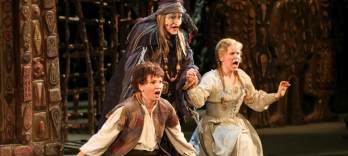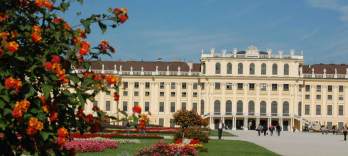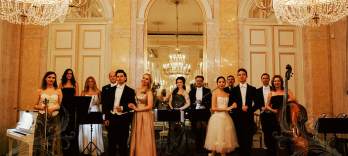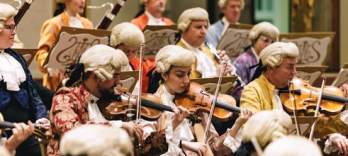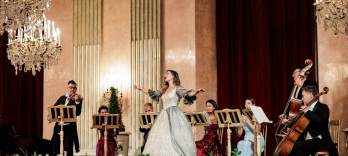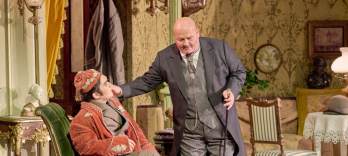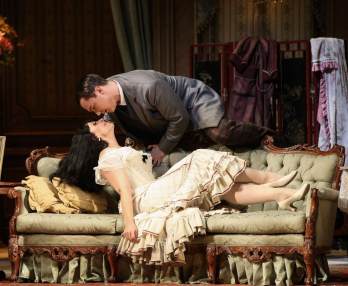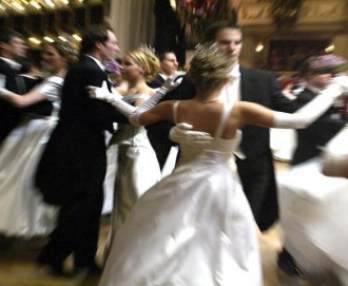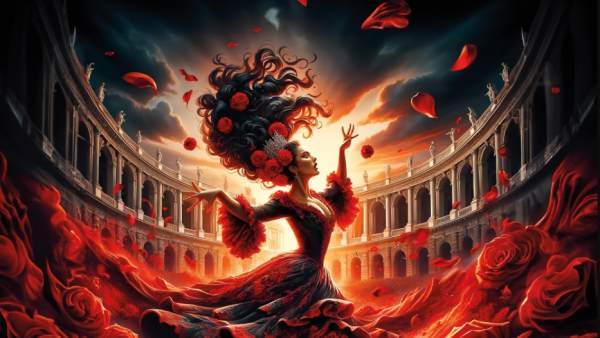Official Tickets for Vienna Concerts, Vienna State Opera, Theaters, Musicals, etc.
What's on
Volksoper Vienna
Wien - Volksoper Vienna
Tu 06 Jan 2026, 11:00-13:00 - Tu 06 Jan 2026, 11:00-13:00
Tu 06 Jan 2026, 11:00-13:00 - Tu 06 Jan 2026, 11:00-13:00
Schönbrunn Palace Concerts Vienna
Wien - Imperial Palace Schönbrunn Concerts
Tu 06 Jan 2026, 17:00 - We 30 Dec 2026, 17:15
Tu 06 Jan 2026, 17:00 - We 30 Dec 2026, 17:15
Classic Concerts in Vienna
Wien - Eschenbach Palace
Tu 06 Jan 2026, 18:30 - 19:55 - Tu 06 Jan 2026, 18:30 - 19:55
Tu 06 Jan 2026, 18:30 - 19:55 - Tu 06 Jan 2026, 18:30 - 19:55
Konzerthaus Vienna
Wien - Wiener Konzerthaus
Tu 06 Jan 2026, 20:15 - Tu 06 Jan 2026, 20:15
Tu 06 Jan 2026, 20:15 - Tu 06 Jan 2026, 20:15
Palais Auersperg
Wien - Palais Auersperg
Tu 06 Jan 2026, 17:45-21:00 - We 30 Sep 2026, 17:45-21:00
Tu 06 Jan 2026, 17:45-21:00 - We 30 Sep 2026, 17:45-21:00
Vienna State Opera
Wien - Vienna State Opera
Tu 06 Jan 2026, 18:00-21:30 - Tu 06 Jan 2026, 18:00-21:30
Tu 06 Jan 2026, 18:00-21:30 - Tu 06 Jan 2026, 18:00-21:30
Bestseller events
Latest news
Carmen - Vienna, Austria Summer Opera Festival 2026. Official pre-sale point in Vienna and online or by phone....

 EN
EN DE
DE IT
IT FR
FR ES
ES RU
RU JP
JP RO
RO
